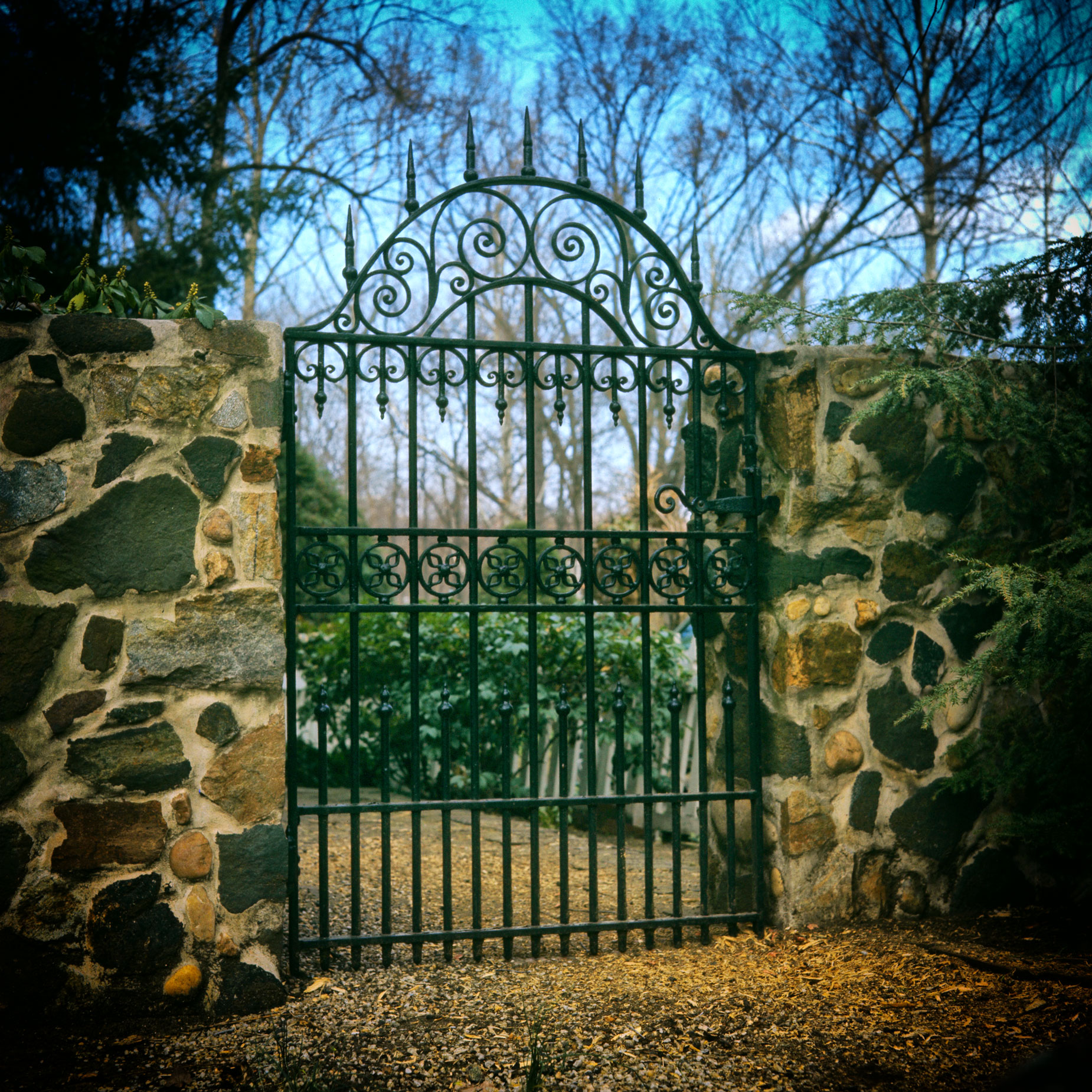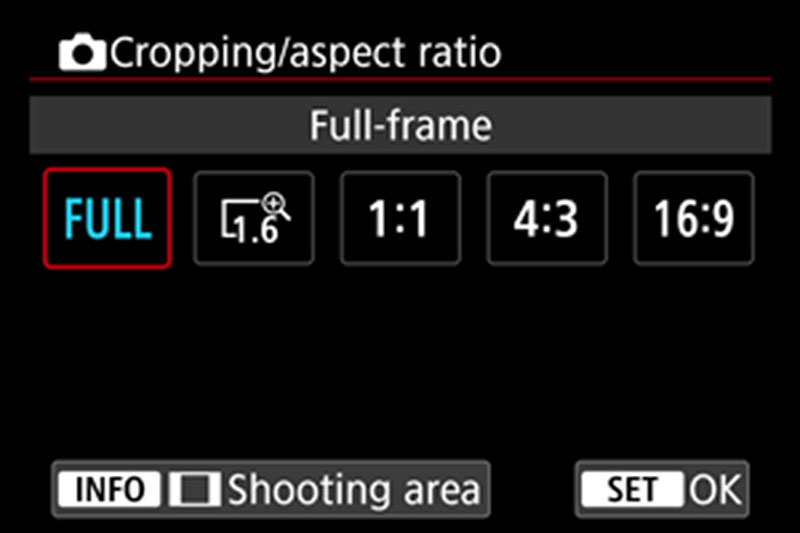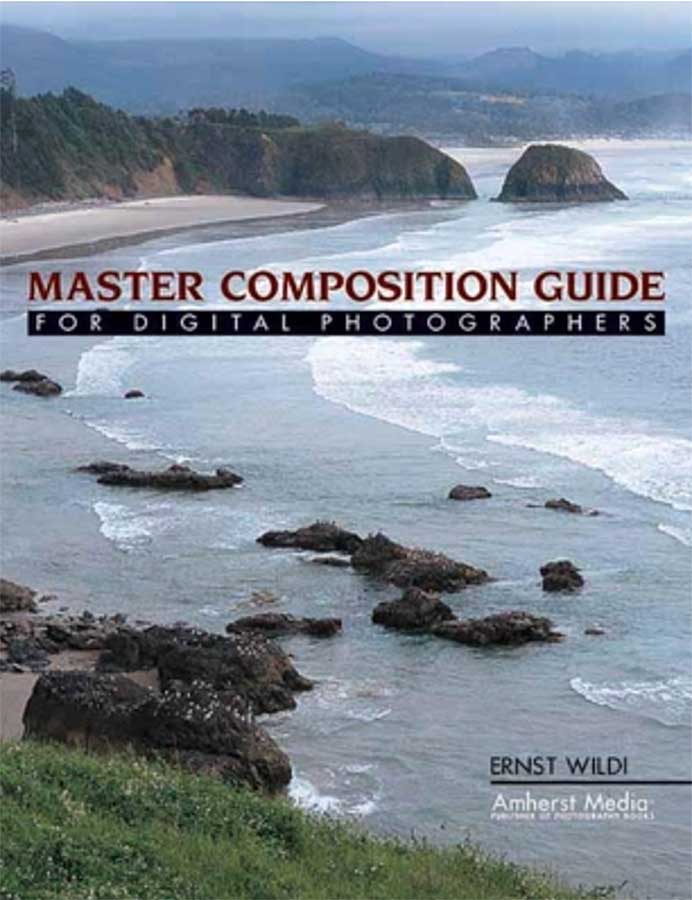Today’s Post by Joe Farace
We become what we behold. We shape our tools and then our tools shape us. —Marshall McLuhan
I believe that the camera you use and the way you use can determine the format or shape of the final image. Look no further than the hundreds of YouTube videos that are shot using a vertical format—the shape of a smartphone—despite almost every moving image the maker has ever seen during their lifetime being horizontal.
The Shape of Things to Come
 In a recent podcast that I made with my pal Barry Staver, we talked about how he was enjoying shooting with a Panasonic Lumix GH5. During our chat, he mentioned that nowadays he shoots more video footage for clients and is also shooting more still images using a horizontal format. Most surprising to me is that his portraits are now, more often then not, being delivered to clients in a square format because social media and many websites show corporate employees and officer’s headshots as square photographs.
In a recent podcast that I made with my pal Barry Staver, we talked about how he was enjoying shooting with a Panasonic Lumix GH5. During our chat, he mentioned that nowadays he shoots more video footage for clients and is also shooting more still images using a horizontal format. Most surprising to me is that his portraits are now, more often then not, being delivered to clients in a square format because social media and many websites show corporate employees and officer’s headshots as square photographs.
How I made this shot: I photographed this gate in a stone wall that surrounded the home was directly across the street from my historic house in the village of Dickeyville in Baltimore. The image was made in 1976 with my then-new Hasselblad 500CM with an 80mm Carl Zeiss Planar C T* lens. It was shot on Kodak Ektachrome 120. Exposure unrecorded. Scan was by Kodak’s Photo CD process.
The shape of your images all boils down to their aspect ratio. If you have time, please read my post Full Frame vs Full Image that goes into more detail on this subject. These days most DSLRs and mirrorless cameras let you shoot in aspect ratios ranging from 3:2, 4:5, 4:3, 16:9 and yes even 1:1 aka square. Some where in your digital camera’s menus structure you’ll find a item, like the one below, that lets you chose the shape size of your captured image file.
 So the next time you’re making a portrait, you might want to set the camera in 1:1 ratio and see if you like the results. If you don’t like it, as the cover of The Hitchhiker’s Guide to the Galaxy says “Don’t Panic.” You can always re-shoot in your preferred aspect ratio and crop later—using whatever ratio you want—using Photoshop’s Crop Tool that provides many different cropping options, including 1:1 Square.
So the next time you’re making a portrait, you might want to set the camera in 1:1 ratio and see if you like the results. If you don’t like it, as the cover of The Hitchhiker’s Guide to the Galaxy says “Don’t Panic.” You can always re-shoot in your preferred aspect ratio and crop later—using whatever ratio you want—using Photoshop’s Crop Tool that provides many different cropping options, including 1:1 Square.
Back in Time
Back in the film days, my first medium format camera was a Mamiya C33 TLR and it was designed to make photographs in the classic 6X6 square format. To tell the truth I never thought much about formats at the time. I happily made many thousands of images with that camera and the C330 that followed it before switching to a Hasselblad 500CM, another square format camera. The legendary photographer Ernst Wildi, who wrote Master Composition Guide for Digital Photographers, came at this subject from the perspective of a lifetime user of square format Hasselblads.

Ernst Wildi’s book Master Composition Guide for Digital Photographers is available from Amazon, as I write this, with used copies selling for around eleven bucks making this the photography how-to book deal of the century.